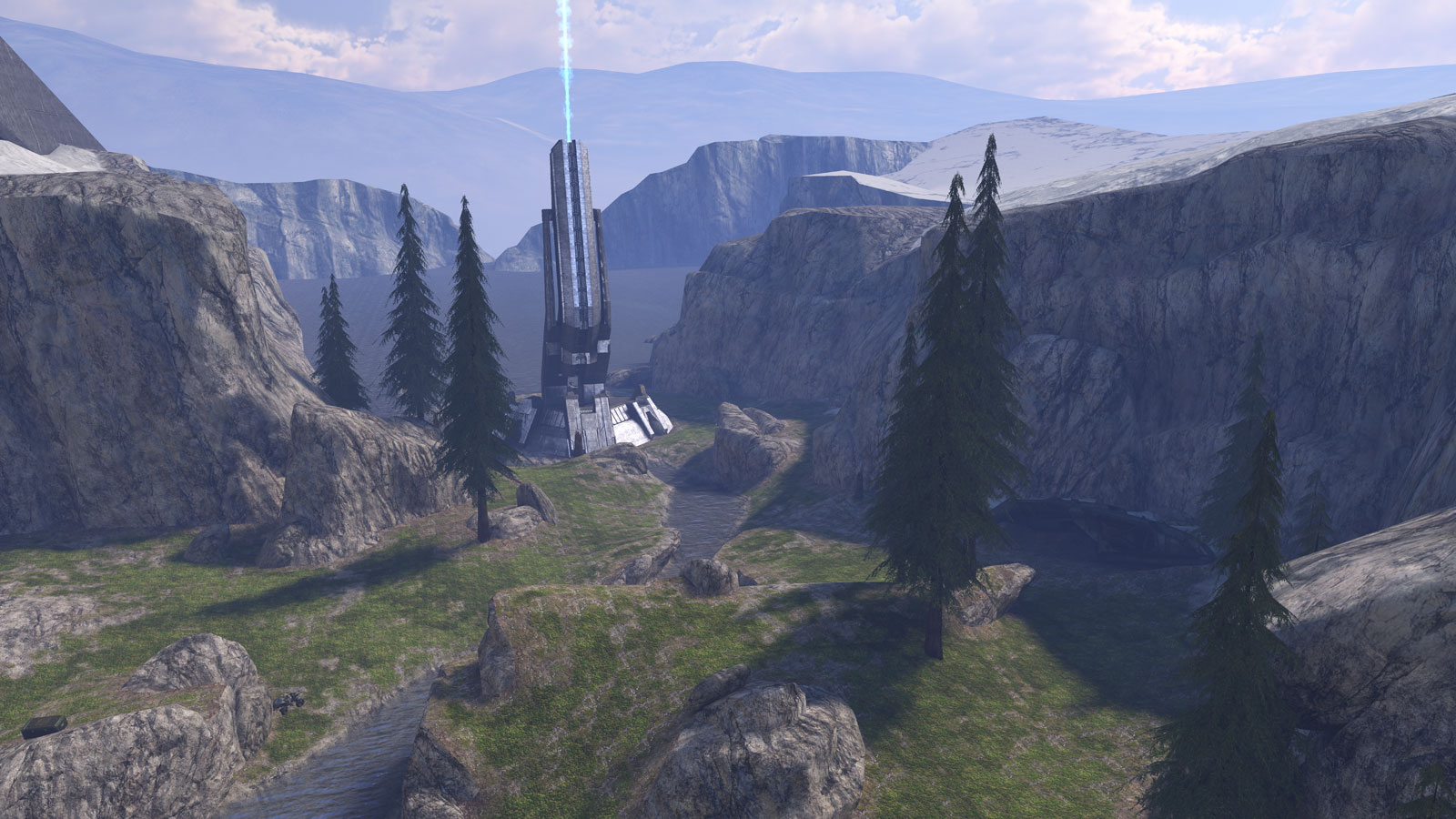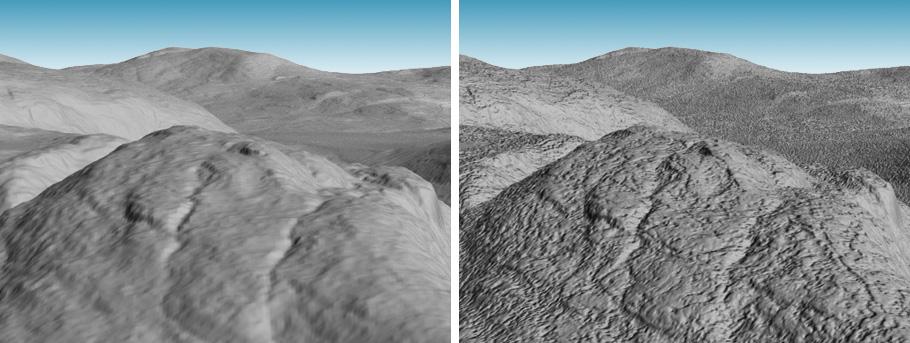

Wheat farm to grow the wheat, windmill to grind the wheat to grain, baker to bake the grain to bread, bread to feed the Vikings. This means that the title does play out like it’s early quoted inspirations (Settlers, Cultures) in that there is realistically a set build order throughout each level, as you – at a steady pace – lay out buildings in a rolling fashion. From there you take on a passive ruler ship role wherein you can only issue build orders, and assign individuals to roles, as opposed to having to direct each individual action. The world you are in is set in design from the second the level generates, with finite resources dotted across the landscape (as with any RTS) and certain areas plentiful with fish. When you first start the game you feed in a random seed, from what I have seen this only really affects later levels of the game – as the early levels generate practically identical worlds – this is primarily due to the above mentioned locked away ‘more difficult’ elements. Even the very first tutorial level showcases some of the fantastic art style. This means that you unlock, as an example, platforms of varying sizes which allow you to build on steeper terrain, before you unlock even more awkward terrain, and you unlock the inland pond as you unlock fishermen huts. These tutorials, or missions, are on randomly generated areas – although they take into consideration the terrain types, and building types you have unlocked. It plays out as a string of tutorials, each one having your collected honour unlocking more of the games features, and as such adding a difficulty ramp relevant to your ability and competence with the game. The other mode, Normal Mode, is the game as it should be played.

Open Game, which is the game at its core – you already have every building unlocked, and the world will be large and unruly, with no natural progression it’s very easy to put your foot wrong – as with Settlers – and assign something which condemns your people to starvation and ultimate death, (Read: Using your wood up on other things before getting a woodcutter, etc). The game comes with two main options for play. In game honour is accrued by pretty much any action – a Viking who takes up an axe as a woodcutter will accrue honour with each tree felled, while a baker will similarly score for each baked bread. You are Leko, God of Building, and your challenge is to take this bunch of dishonourable dregs of Norse culture – rejected from Valhalla – and give them guidance as that they might earn enough honour to take their place in the afterlife. Looks like somebody decided to build a fisherman’s hut before their woodcutter. As a matter of fact, it’s almost impossible to discuss Valhalla Hills at any length without drawing parallels to the series… and that’s nothing but a good thing.
VALHALLA HILLS TERRAIN TYPE SERIES
Even I immediately drew a connection with the title – and my experience of the series was failing to play through Settlers III, as I had never played a game with a focus on supply lines, and building up said supply lines in a set order so as to not exhaust supplies and reach a standstill. They find themselves kicked from the gates down to a randomly generated landmass, presumably somewhere on Asgard, where they must bust their butts… building up functional supply lines as to break through the main portal at the highest point of said landmass and move one step closer to the mighty halls of Valhalla.įunatics, the developer, is a veteran studio including several critical players from the Settlers series, and the “Cultures” series of games, and it shows. The problem, for the Vikings of Valhalla Hills, is that they’ve just not been good enough.
VALHALLA HILLS TERRAIN TYPE FULL
Valhalla, where good (read: adept) Vikings spend their afterlife having lived a full life of a Norse nomad.


 0 kommentar(er)
0 kommentar(er)
